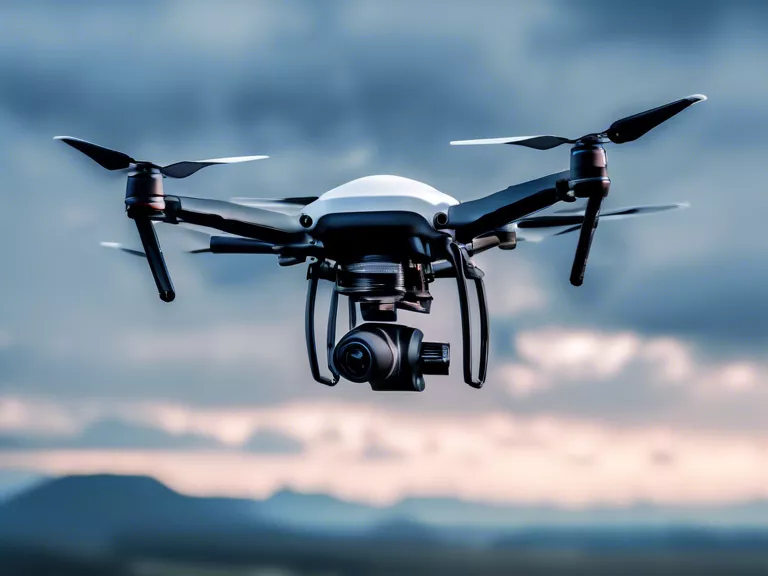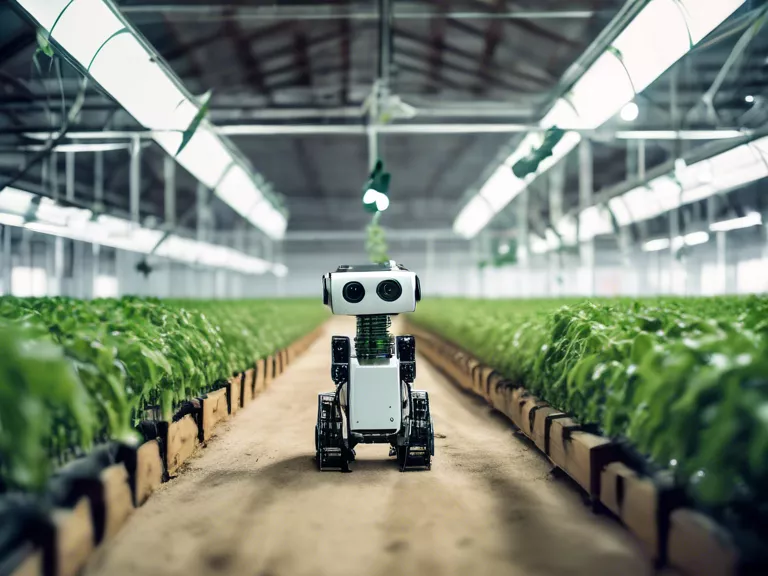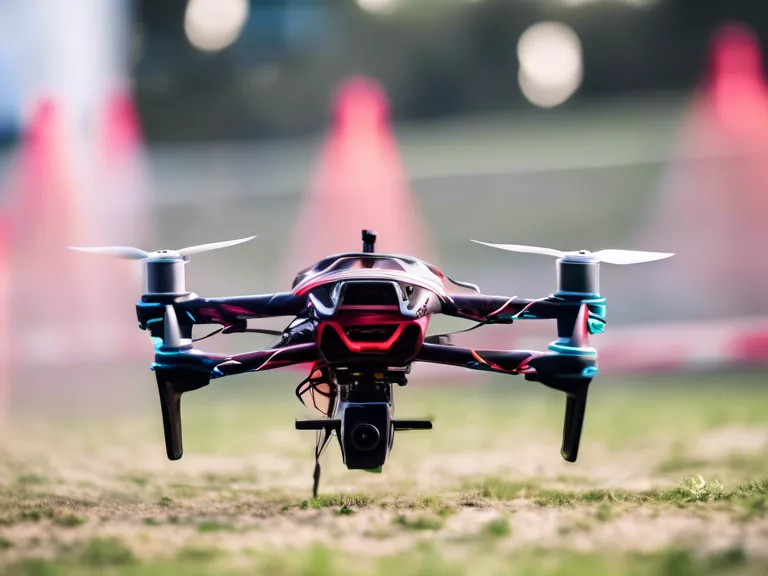
With the advancement of artificial intelligence (AI) technology, drones are now being equipped with AI algorithms to enhance their navigation capabilities in complex environments. These AI-powered drones are able to fly more efficiently, avoid obstacles, and navigate through challenging terrain with greater precision. In this article, we will explore how AI is revolutionizing drone navigation for various applications.
AI algorithms play a crucial role in enabling drones to navigate autonomously. By analyzing data from various sensors such as cameras, LiDAR, and GPS, AI can create a detailed map of the drone's surroundings in real-time. This allows the drone to detect and avoid obstacles, plan optimal flight paths, and make split-second decisions to adjust its trajectory.
One key advantage of using AI for drone navigation is its ability to adapt to dynamic environments. Traditional navigation systems rely on pre-programmed flight paths and waypoints, which may not always be suitable for unpredictable conditions. AI, on the other hand, can learn from its experiences and continuously improve its navigation strategies based on real-world feedback.
Furthermore, AI-powered drones can optimize their flight paths to conserve energy and extend their flight time. By analyzing environmental factors such as wind speed, temperature, and topography, AI algorithms can determine the most energy-efficient route for the drone to reach its destination. This not only improves the drone's endurance but also allows it to cover larger areas in a single flight session.
In addition to improving efficiency and safety, AI-enhanced drone navigation opens up new possibilities for a wide range of applications. From aerial photography and surveillance to delivery services and search and rescue missions, AI-powered drones can perform complex tasks with greater speed and accuracy.
In conclusion, AI is playing a crucial role in enhancing drone navigation for complex environments. By leveraging the power of AI algorithms, drones are becoming more autonomous, efficient, and versatile in various applications. As technology continues to evolve, we can expect to see even more innovations in drone navigation that will push the boundaries of what is possible for these unmanned aerial vehicles.



